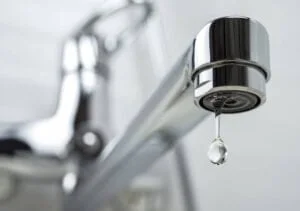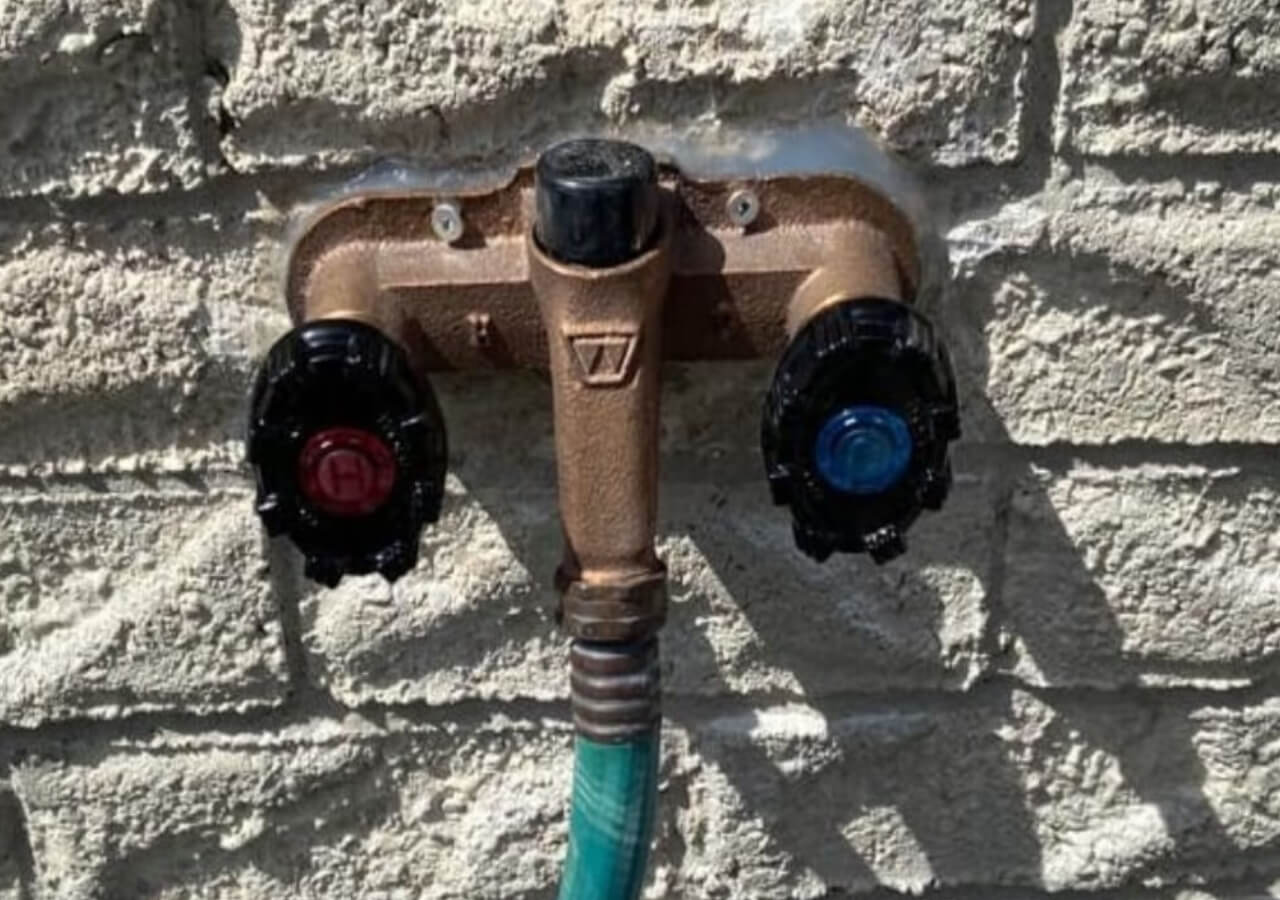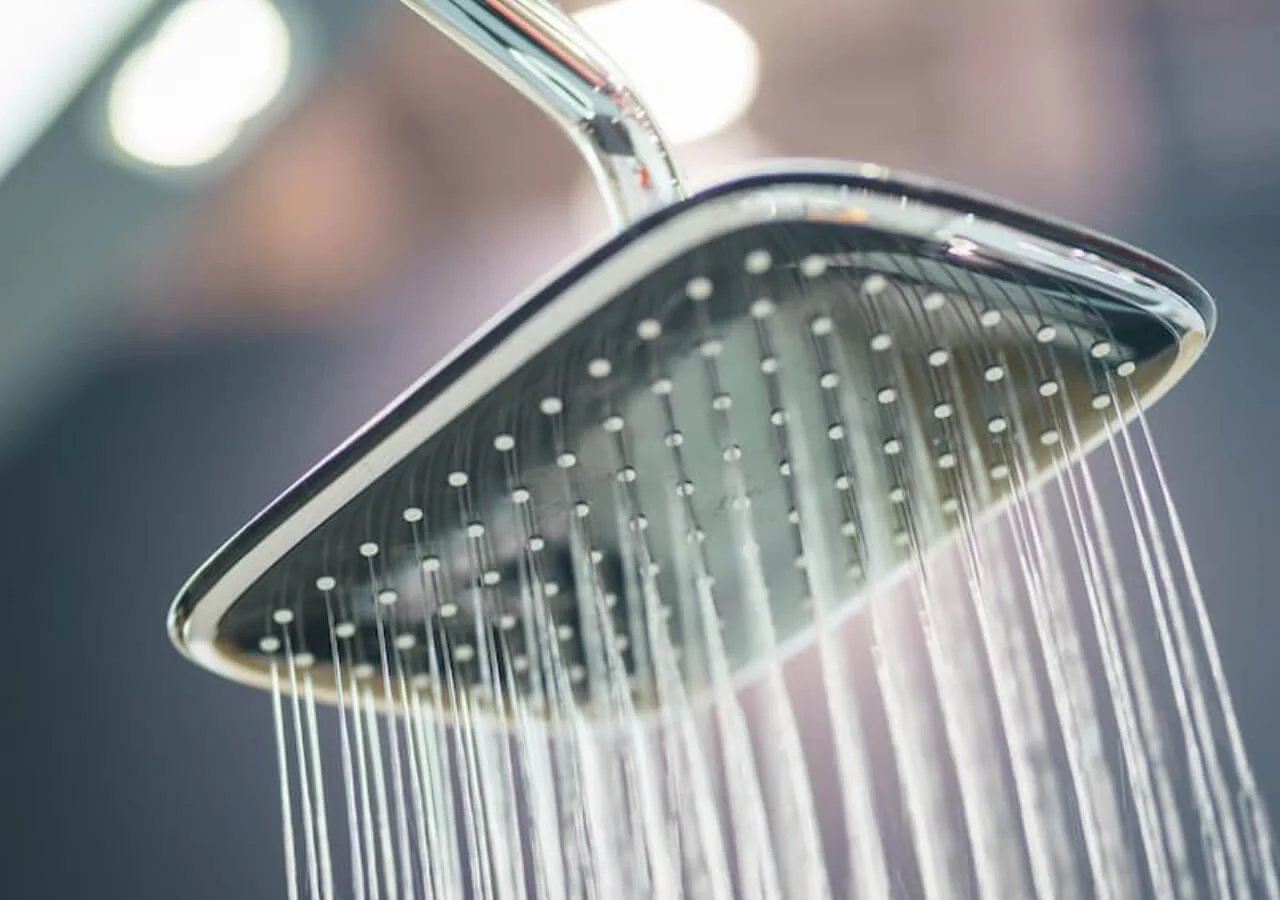Save on Water
Conserve Resources: Tips to Save on Water Usage
Efficiency in Action: How to Save on Water
Here’s How You Can Reduce Your Water Use In The Bathroom
Shower/Bath
20% of your total indoor water use comes from using the shower or taking a bath. It’s worth mentioning that baths typically make up a pretty small portion of the total water usage, although for those who take baths regularly, the number could be much higher. That’s why it’s important to take a shower instead of a bath whenever it is possible. Showers–particularly quick ones–tend to use significantly less water than baths. However, if you absolutely need to take a bath rather than a shower, make sure your tub is not overfilled. A good rule of thumb is to only use enough water to fill one-quarter of the tub.
Having a good shower flow rate is also important for water efficiency. Older shower heads are known to use
It’s also worth noting that when you use less water in the shower or bath, you save money on your water bill and also on your hydro or gas bill.
Faucet
The bathroom faucet represents only a small amount of your overall bathroom water use, but it’s still an area where there’s typically room for improvement. As with the showerhead, it’s important to look at the faucet’s flow rate. A faucet flow rate of under 8.5 liters per minute is considered water efficient and meets Ontario’s plumbing code. If your faucet uses more than 8.5 liters of water per minute, Preferred Plumbing can make your faucet more water efficient by replacing the aerator with a new, more efficient water aerator.
Also, the faucet can waste water if it is allowed to drip. As much as 55 liters of water can be wasted if a faucet is left to drip for 24 hours. If the drip is consistent, this may mean 20,075 liters of water is wasted per year. Preferred Plumbing Solutions can fix a dripping faucet and improve your faucet’s water efficiency.
Use the Flow-Tech water system, it will guarantee you water efficiency.
Toilet
By far the biggest water waster in the entire house is the toilet. Roughly 1/3 of an individual’s water use comes from flushing the toilet. This is because many older toilets use 13 liters of water with each and every flush.
The easiest way to increase water efficiency in your home (and therefore lower your water bill) is to upgrade to a more efficient toilet. Preferred Plumbing can boost your home’s water efficiency by replacing your toilet with a low-flow or dual-flush model.
The Importance of High-Efficiency Toilets
As mentioned, an inefficient toilet can be very costly both in terms of water use and your monthly water bill. This is why we at Preferred Plumbing recommend that you switch to a high-efficiency toilet when it comes time to upgrade your old toilet.
However, it’s important to realize that not all high-efficiency toilets are created equally. Preferred Plumbing looks closely at the Maximum Performance (MaP) score for the toilet to ensure that we are installing only the highest quality toilets in your home.
Leaky Toilets Equal Waste
You don’t just use water when you flush a toilet—in some cases, your toilet may continue to run after flushing which can result in a lot of water wasted. How much water is wasted when a toilet runs after flushing? It’s estimated that as many as 200,000 liters of water is wasted per year by a toilet that continues to run post-flush. That’s a significant amount of wasted water and will result in a higher bill for you.
Not all leaks can be easily spotted. Some toilet leaks don’t make a sound and aren’t visible to the untrained eye. Preferred Plumbing technicians are trained to spot the obvious and less obvious toilet leaks by performing tests to check whether or not a leak exists. If a leak does exist, Preferred Plumbing Solutions can quickly repair it and potentially save you hundreds of dollars in future water bills and repairs.
Free Outdoor Tap!
Purchase an outside tap replacement and receive a 2nd outside tap replacement at no charge!
Appointments are based on availability.

More Helpful Tips For Your Bathroom
- Save big money by switching to a new efficient ultra low-flush toilet. By doing so, you’ll use between 50% and 80% less water per flush.
- Don’t ever flush garbage down the toilet. This can cause a clogged toilet which can affect the toilet’s water efficiency.
- Quick showers are good. Remember that the longer you shower, the more water you use. Even cutting your shower time down by a minute or two can make a big difference.
- Smaller baths are also good. Limit filling your tub to a quarter of the tub and you’ll notice a difference in the amount of overall water used.
- Get more efficient in the shower and in the sink. Preferred Plumbing can replace your showerhead with a new low-flow model and install low flow aerators on your faucets to boost your bathroom’s water efficiency.
- Practice water efficiency when brushing your teeth, washing your hair, or shaving. Don’t leave the faucet or showerhead on while you’re doing any of these things as a lot of water can be wasted. Fill a glass with water to rinse your mouth and turn the faucet or showerhead off when you’re not actually using the water.
- Don’t use chlorine pucks in your toilet tank. Although these are typically used for disinfection, they can destroy the rubber and plastic parts in your tank. This, in turn, may cause the flapper break down and cause a leak in the toilet.
Start Saving On Water Today By Getting A Water Audit
Preferred Plumbing can help you save big on the water by sending one of our master plumbers out for a water audit. During the audit, the master plumber will review your current plumbing and determine how you can reduce your water use through efficient equipment tweaks and upgrades. Please give us a call at 905-597-8555 and talk to a local plumber.
See a complete list of our plumbing services in Toronto.

Frequently Asked Questions
Why are my faucets stiff and so difficult to operate?
What is a water softener?
Is there a cheaper and easier alternative to a water softener?
There is a weird noise every time I shower, what is that?
It may be a shower head issue, spout issue, or internal component failure. This is also caused by scale in the water

